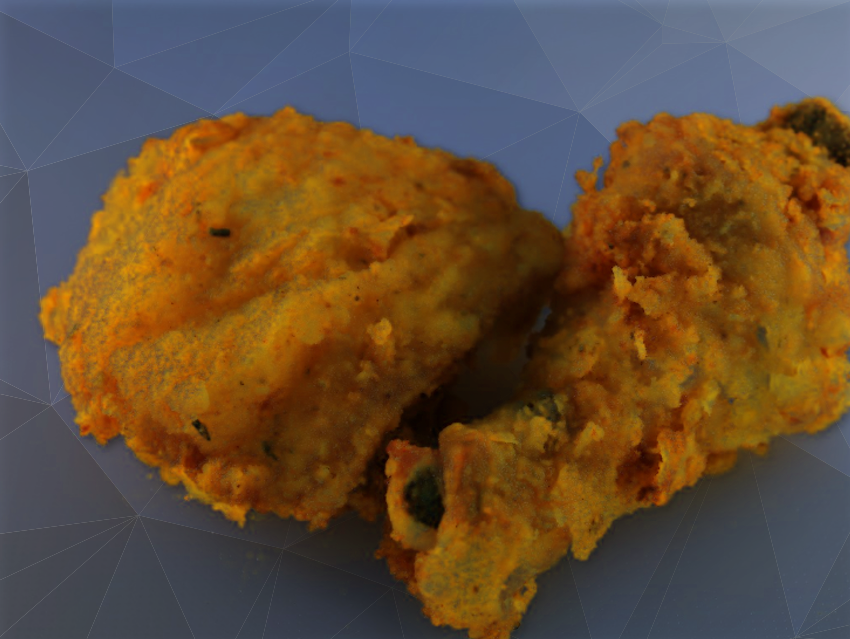Singapore’s food regulatory agency has approved the sale of cultured meat developed by the start-up Eat Just. It is the first time a country has allowed the sale of synthetic meat grown from animal cells.
Is this the future trend of the food industry? The decision is likely to attract more competitors to Singapore and could prompt other countries to follow suit.
In 2015, a burger made from meat produced using extracted stem cells from cow muscle tissue, which was cultured for three weeks with nutrients and growth-promoting chemicals cost US $330,000. Over the years, the cost has dropped. Over the past decade, dozens of start-ups have tried to make cell-cultured meat both tasty and affordable. Eat Just, for example, plans to charge a similar price to that of premium chicken.
One goal of the companies is to convince consumers to turn their backs on conventional meat because their products are healthier and better for the environment. Cell-cultured meat has a high protein content and a diversified amino acid composition, no antibiotics, and very low microbiological content, such as Salmonella and Escherichia coli.
Cultured meat involves adding stem cells from an animal’s fat or muscle into a culture medium that feeds the cells and allows them to grow. The medium is then placed in a bioreactor to help the cells grow.
Eat Just spent about two years working toward approval from the Singapore Food Agency. To do so, the company had to meet food safety requirements for novel foods and demonstrate a consistent manufacturing process for the cell-cultured chicken. The company hopes to gain approvals for its cultured meat in other countries as well.
- Amelia Lucas, Singapore issues first regulatory approval for lab-grown meat to Eat Just,
CNBC LLC, UK, 2020. - Eat Just, San Francisco, CA, USA
Also of Interest
- Growing Steaks in the Lab,
Victoria Barton,
ChemistryViews 2016.
https://doi.org/10.1002/chemv.201600042
Can artificial meat be produced cheaply on a large scale? - Lab-Grown Meat,
ChemistryViews 2015.
Molecular biology increasingly contributes to the production and preparation of food




